While our smartphones are innately capable of so much, installing the right apps are an important means of maximising their potential. Today, we look at the 10 best apps for smartphones in 2020 that every smartphone and/or tablet should have.
In 2020, it is almost impossible to imagine a world without smartphones in them. They have become an important part of how we go about our digital activities. Currently, with all the hustle and bustle, several people regard their laptops as a device that is too bulky. They would rather prefer to do as much as possible with their phones.
Mobile phone developers also keep on pushing the boundaries of phone hardware. These days, we have phones with specifications that only expensive laptops and desktops had a few years ago.
App developers themselves are not holding back in keeping with the times. This is because more and more people want to access their favourite apps while on the go, and smartphones are the easiest way for them to do that.
For context, the percentage of people who visit their Facebook and Twitter with their smartphones are 95% and 85% respectively. That statistic is the same across most platforms out there.
Picking the right app for your phone from the bunch
It is for this reason that there are currently more than 2.96 million apps on the Google Play Store. The Apple App Store also boasts of 2.2 million apps themselves.
These are an overwhelming amount of apps to choose from. And yes, there is a bit of everything in there too– from the mundane to the essential, from business to games, from messaging to gambling and almost everything in between.
Choosing the right apps can sometimes seem overwhelming but it doesn’t have to be. A good place to start is our list of the top 10 best apps for smartphones every user should have on their phone. If you have a tablet, consider having these apps in them as well depending on how you use your tablet.
By “best” or “top”, we mean the apps that are likely going to be the most essential to a wide range of people.
The scope of people we have in mind are everyday mobile phone users and as a result, are not considering those who use their smartphones for specialised purposes.
Also, most of the apps mentioned here are cross-platform. Meaning, they are available for Apple and Android. Furthermore, most apps listed here are available on the official application store of the respective OS and so downloading them should be a hassle-free experience.
Best apps for smartphones
1. Google Chrome
Almost every smartphone user is an internet user. In fact, smartphones today are built in a way that accessing the internet is the only way to begin tapping into their full potential. One thing then, which every internet user needs, is a web browser, which is why Google Chrome is among our list of best apps for smartphones.
Web browsers are applications used by people to access websites on the internet.
Google Chrome is so important to the internet ecosystem that web developers make how the app renders their pages a huge consideration in designing their websites.
Google Chrome browser is fast, efficient and displays pages beautifully.
The fact that more than 64% of mobile web browsing is done with the app shows just how popular they are. They are the most popular web browser, period!

Device and Cross-platform syncing
One reason many people tilt towards the Chrome browser is the ease of syncing accounts and usage data across multiple devices. Passwords can easily be saved and used on multiple devices also. All you need is a Google account.
While this is a plus for some, it is a turn-off for others who cannot stand Google having so much access to their personal data. If you don’t care for these features though, just steer clear of logging in your Google account on it.
Google Chrome comes pre-installed on most Android devices and is already the default web browser.
On Apple, a quick search on the App Store would grant access to a download.
And yes, Google Chrome is free for download!
2. WhatsApp
WhatsApp is overwhelmingly the most popular messaging app in the world. Nearly every smartphone user has a WhatsApp account. In February 2020, WhatsApp hit the 2 billion user mark.
The Facebook-owned app gives users the ability to send an unlimited number of free messages between contacts who also have the app. Group chats can easily be created to stay in touch with multiple people at once.

Since its initial release in 2009, WhatsApp has kept improving on their services. Now you can make voice or video calls with multiple people, share and view status updates as well as send files via the app and more.
WhatsApp is the go-to messaging app for many and while in the past you needed to convince most of your friends to download and try it out for themselves, that’s not the case anymore since nearly everyone already has it on their phones these days. In fact, most Android devices have WhatsApp pre-installed.
WhatsApp is available free of charge on Play Store and the App Store.
3. Facebook/Facebook Lite
Facebook is the world’s most popular social media platform. They have become such a huge part of our lives that it’s hard today to imagine what a pre-Facebook world looked like.
Undeniably, Facebook connects more people than any company ever has in the past. With over 2.7 billion active users in 2020, almost every smartphone user has an account on Facebook already. It remains the means of choice for people to connect effortlessly around the world.

One thing that makes Facebook so popular is its high level of accessibility and cross-platform availability. It is for this reason that in 2015 they created the Facebook Lite app.
Facebook Lite is a lightweight version of Facebook. It runs better than the usual Facebook app in slow network conditions and consumes a lot less memory space and data. The app was initially available for download only in less developed countries. However, in 2018 it was made available for download globally.
However, if you want to access Facebook, there is no doubt that this is one of the best apps to have on your smartphone.
4. VLC Media Player
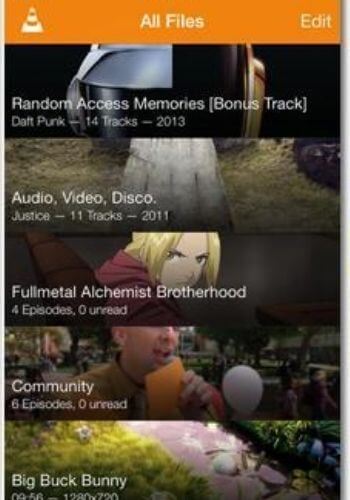
VLC Media Player is a hugely popular media player. The player was originally created for PCs only but is now available for download on iOS and Android devices.
What makes VLC stand ahead of other popular media players are the facts that it’s completely free, supports almost all file formats without the need to download additional codecs, can optimise video and audio playback for your chosen device, supports streaming, and can be extended almost infinitely with downloadable plugins.
File formats such as FLV, .MKV and .OGG would probably not be played by any other smartphone media player. VLC however, plays them seamlessly.
Further functionality, such as playing video as audio files, loading subtitles and making the video player float can easily be done with VLC.
It is indeed the go-to media player for smartphones and merits its place as one of the best apps for smartphones irrespective of whether one is an Android or an iOS device.
5. Gmail
Despite the many newer ways of online communications, the use of electronic mail still thrives in this day and age. Email remains the most basic and common way of electronic communication, especially for official communications.
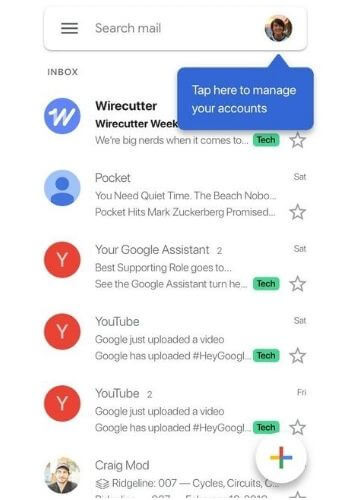
Most employers would still be looking out for your email in your resume and not your Facebook name or Instagram handle. Also, a lot of signing up and signing done on the internet requires an email first. This is why installing an app that handles your emails is very important.
Gmail is the email service provided by Google. It has surpassed Yahoo Mail as the number one email provider in the world. One of the things that stood Gmail out early was its superb spam filter and prevention.
As with other products of Google, the Gmail app is the default email application on most Android phones. It can be easily gotten for free on the App Store too.
Using the Gmail app, you can switch between multiple accounts easily while organising your messages just as seamlessly. Also, you can log in to other email services—such as Outlook and Yahoo Mail, on the Gmail app.
6. Xender
Today, file sharing is an important part of what we use our phones for. For some it may be trying to move files between their multiple devices and others it could be the sending or receiving of files to person(s).
For this reason, infrared transfer was put in phones, and then came Bluetooth, a relatively faster means of transfer that could be done over a greater distance.
One of the major issues with Bluetooth though was that it was not able to send or receive files on the iOS platform.
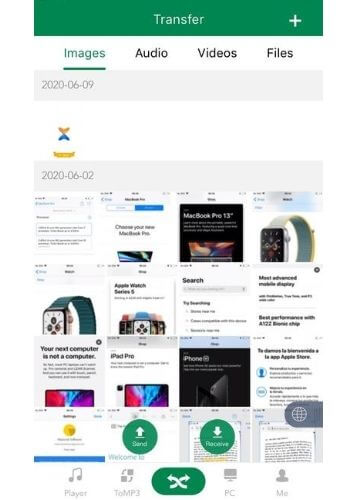
One application that has been solving that issue since 2011 has been Xender. Xender has since made file transfer across Operating Systems possible without running mobile data.
Xender supports file transfer between iOS and Android phones. Also, with Xender you can easily send and receive files from your computer whether it is a Mac or Windows PC.
It is certainly a must-have on every smartphone.
7. WPS Office
Also on our list of best apps for smartphones is WPS Office. As you’re probably aware, one of the most important early uses of computers was for office functions such as typing up documents and preparing spreadsheets and presentations. For these functions, Microsoft Office has largely become the staple over the years.
As many begin to prioritise the use of their smartphones now, there is the need to get those office duties carried out on the go. That’s where the WPS Office comes in.
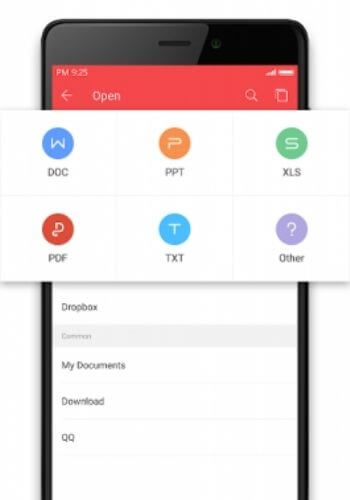
It is simply an office suite that can be used to create spreadsheets, word documents, text documents, pdf files, presentations and memos.
The app syncs well with cloud services and so has no issue with backing up your files for you over the internet. These saved files can be accessed on other devices.WPS Office is also available on PC and Mac and this means you can do all your work in one app.
8. Google Drive
Often, people save files and need to refer to them at a later time in a different device or want to easily share them to others. Sometimes, you just want to back up your files. Nowadays, cloud services are how you get those done.
Google Drive is solving these problems ably for many users. With Google Drive, you can save files on the cloud and open them across multiple devices. Also, you can set read and write permission to your files so they can be publicly accessible by whoever you choose.

Google Drive
A big advantage of Google Drive is that it plays well with several other applications. You can easily save your files on it using WPS Office or backup your WhatsApp messages for retrieval if you switch phones.
Google Drive is available for free download on the Android and iOS app stores. It gives users free 15 GB of storage space. If you want more you would have to get a paid subscription.
9. YouTube
YouTube is the second-most popular social media platform after Facebook with more than 2 billion active users monthly. It is by far the most popular means of video sharing in the world. 70% of views come from mobile devices and we know you have probably had to use the service yourself.
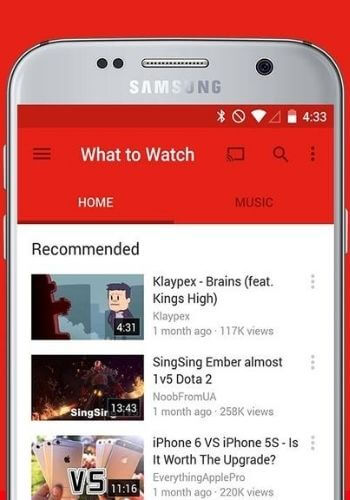
The Google-owned video-sharing service is one of the best smartphone apps to have. This is for easy access to videos on the go.
Also, the app now allows users to download videos for offline viewing. However, these downloaded videos can only be viewed within the app. However, there are other apps you can use to save YouTube videos. Check them out with the link.
Meanwhile, YouTube is pre-installed in Android phones and free to download on the App store. Signing up for a premium subscription would save you the stress of having to skip ads.
10. Zoom
These days, a lot of collaboration between team members is done over the internet. The recent global pandemic only served to strengthen the switch to this form of communications for many who could no longer go to their offices. Even schools began to adopt video meetings as the new normal.
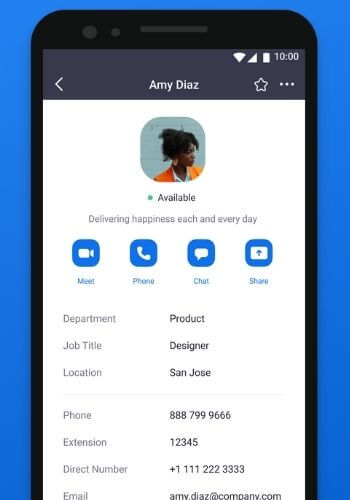
While there are a huge number of video meeting applications out there, none are quite as reliable as Zoom. The application gives you stable HD video and audio calling with the option of connecting to a large number of people at once.
Using Zoom, you can also share your screen so other users can see you working on your computer or smartphone in real-time.
Zoom is available for free on Play Store and App Store. While the free package is feature-heavy, the paid subscriptions offer even more functionality.
11. Google
Google is, without a close second, the number one search engine in the world today. Having the search app on your phone provides a good deal of functionality.
You can easily search for live sports scores and schedules; movies times, casts, and reviews; videos and images; news, stock information, and generally anything you’d find on the web.
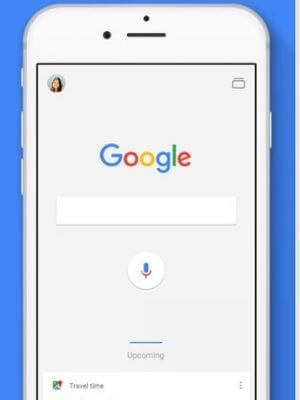
Google App
In the “Discover” tab, you can get updates on topics that interest you; sports, movies and events; album releases from your favourite artistes as well as weather and news updates. You can also follow topics that interest you from the search results.
The app provides access to match highlights and recaps of sporting events. It also allows you to initiate a voice search.
In cases of poor internet connectivity, the app stores your pending queries and delivers results when the network is better.
Overall, it’s a pretty neat tool to have on your smartphone. It comes bundled with most Android devices by default and is available on the App Store too for free.
12. TubeMate
These days many people are concerned about how to get YouTube videos for offline viewing. For some, they want to be able to share the download videos offline across devices and the YouTube app cannot do the above. This is the reason I would be including one YouTube downloader in our list of best apps for smartphones.

TubeMate YouTube Downloader
TubeMate is a versatile video downloader that can be used to download videos from YouTube. The app has an inbuilt browser, which can be used to surf the internet.
Using the browser, you can access websites such as Facebook, Twitter and Instagram and download videos from there too.
With TubeMate, you can choose the quality and file format in which you want videos to be downloaded. You can also download videos in audio (MP3/M4a) format but that would require downloading a Video MP3 Converter. Tubemate’s user interface is very easy to use and download speeds are pretty fast.
Take note that TubeMate, like all YouTube downloaders, is not available on the Google Play Store or App Store. You would need to download the application package (.apk) file from their official website.
Further bad news is, this is available only for Android smartphone users.
Conclusion
So, there you have our list of best apps for smartphones in 2020. The apps listed above were done in no particular order of importance and users’ priorities may differ. I also made sure that all the apps listed above are free for download on the stores.
And yes, I know; there are alternatives to ALL of the apps I listed above but I chose them majorly on the merit of popularity and what makes them stand out from the pack. Also, they were chosen based on how well they play across iOS and Android platforms (except for TubeMate).
Did I include all of your best smartphone apps? What would you add or remove? What trusted alternatives to these do you use—if any? Let me know in the comment section below.

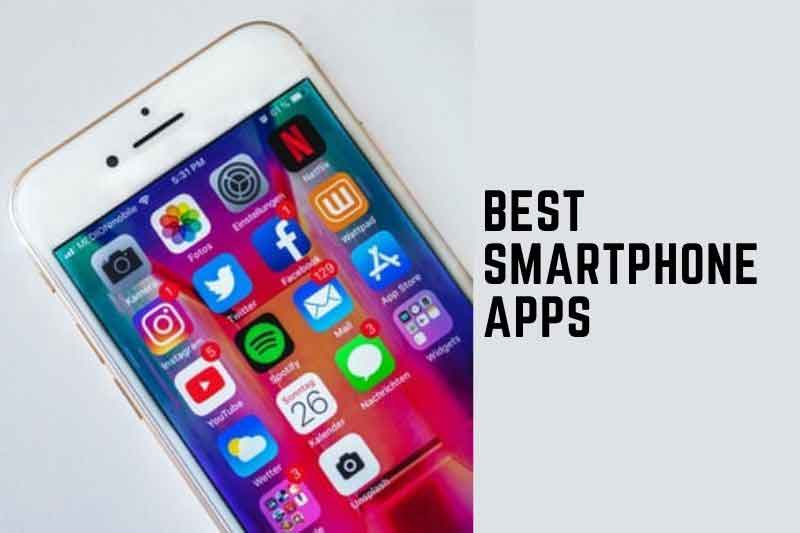

21 thoughts on “Top 12 apps for smartphones in 2020 for Android and iPhone phones”